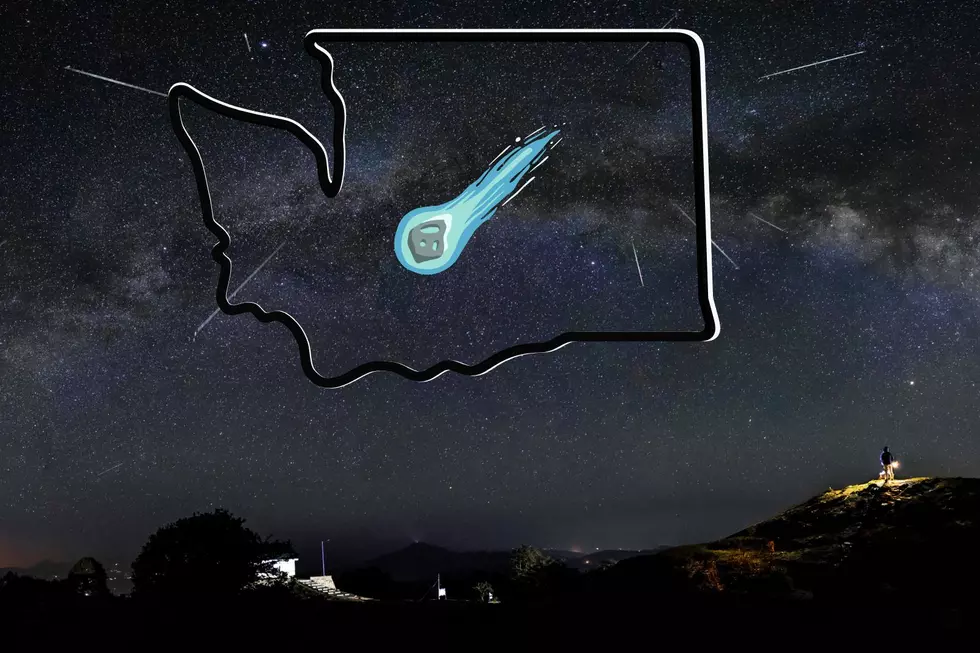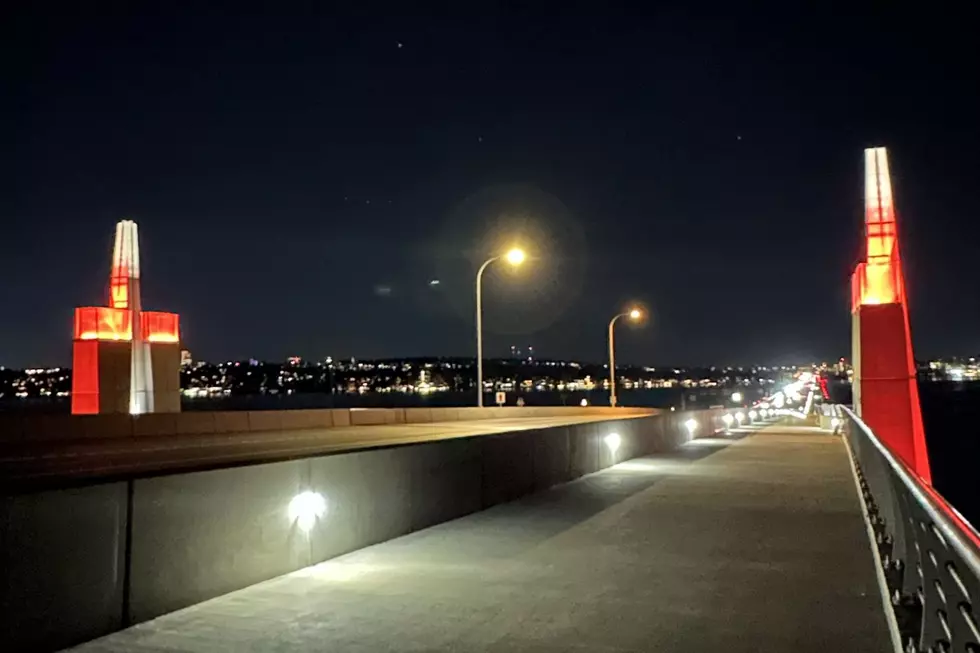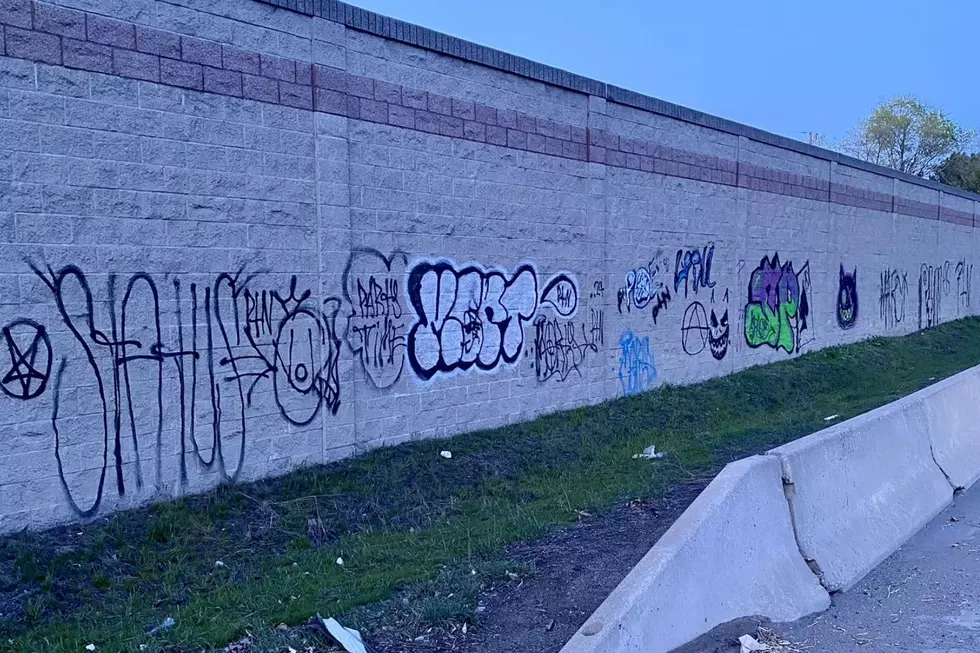
A Trip Back in Time to a Louisiana Sugarcane Slave Plantation
Before all you-know-what was breaking loose, I took an mid-March trip to New Orleans, and let me tell you walking Bourbon Street on Friday the 13th was as surreal of a trip I'll ever get and never forget, but what had the biggest impact on me was a tour of the Whitney Sugarcane Plantation in St. John the Baptist Parish, in Wallace, LA, along the Mississippi river.
Whitney Plantation is a museum of slavery on the 2000 acre grounds of a historical sugar, rice and indigo plantation established in 1752. Some land on the vast expanse is still used to harvest sugarcane to this day. It is the only plantation museum in Louisiana with an exclusive focus on the lives of enslaved people. You learn about the history of slavery by visiting memorials on the grounds built to honor the enslaved people; as well as the original slave cabins, a freedmen’s church, detached kitchen, and an 1790s owner’s house. That house, finally finished in 1803, is the most important architectural example in Louisiana.
The museum opened its doors in late 2014 funded by a New Orleans trial attorney who spent $8 million of his own money and took nearly 15 years to fully bring the project to fruition.
I absorbed every detail I could about the lives of over 100,000 people who were held in bondage on the grounds for over 100 years. It was overwhelming to catch a glimpse of what I knew to be true, but to see it, and to try and comprehend even a sliver of the slaves' experience was utterly humbling and that was made possible in part through the guide's narration and markers on the plantation.
The complex includes three archaeological sites which have had varying degrees of exploration and the only surviving French Creole barn in Louisiana.
Whitney Plantation
More From 97.1 KXRX







![[FACT] Tri-Cities Blue Bridge Has Always Been 2 Different Colors](http://townsquare.media/site/134/files/2024/04/attachment-Untitled-design-91.jpg?w=980&q=75)

